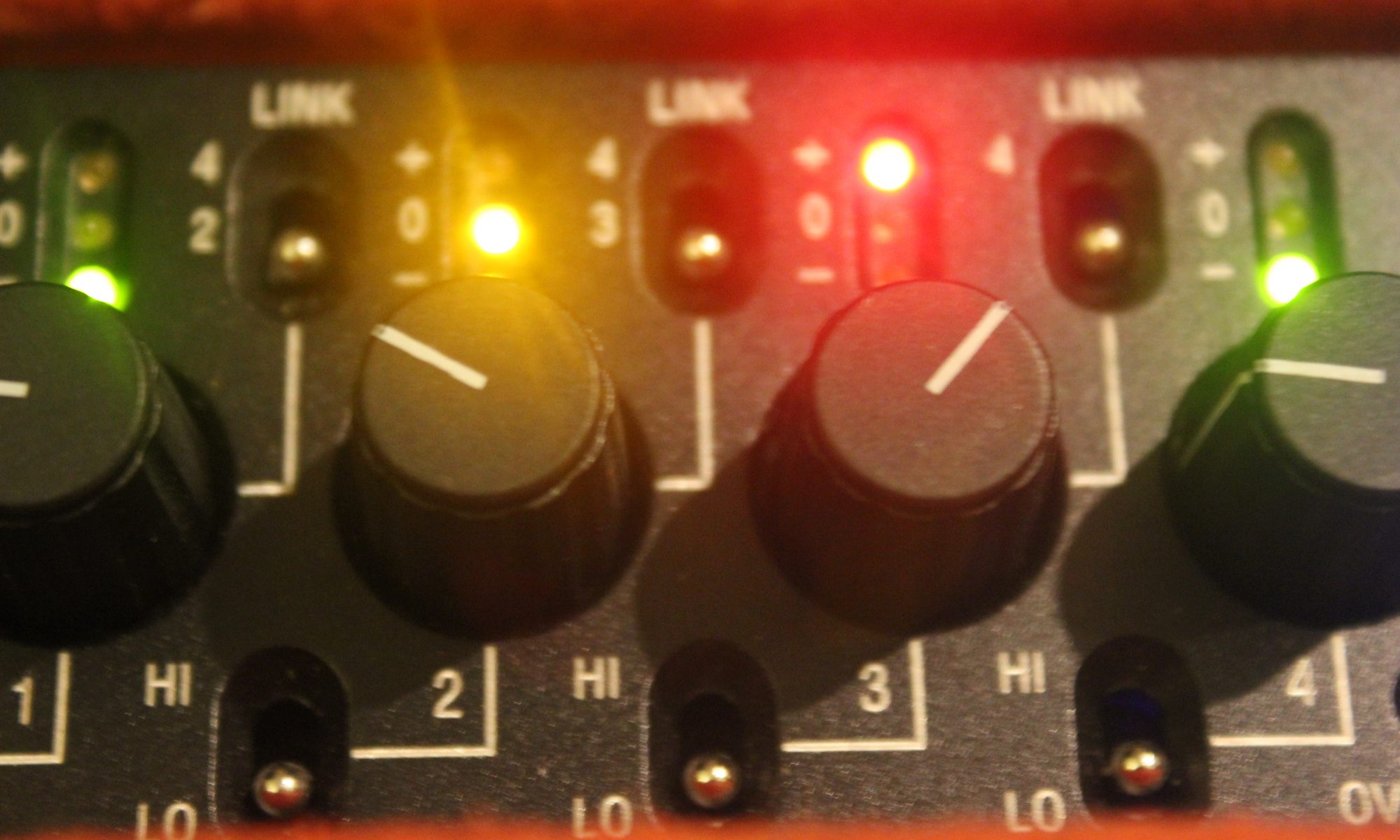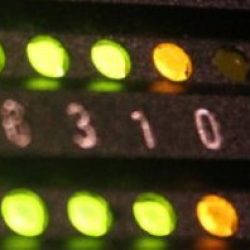Last month Tascam announced a new recorder, aimed more at DSLR self shooters- the DR701D
Although I’m yet to see one in real life, they have built in a unique feature: an HDMI input and output. This is by no means a review, but a few thoughts on what impact this could have on workflow.
Why would you put an HDMI input on an audio recorder?
Well, it’s not just video signals which are sent over HDMI. They need to be synchronised with the source and, in addition to that there are 8 channels of audio and time code.
There are also a number of DSLRs and cheaper cameras which lack professional inputs and outputs for time code and genlock, but do have HDMI outputs. With a case of a lot of these cameras, it’s simply not possible to synchronise them, so more work is required in the edit (although programs such as Plural Eyes can really help). In addition to this the inputs for DSLRs are often consumer 3.5mm minijack connections with poor analogue performance. If they’re sent audio it usually ends up being noisy and adding another cable just adds an additional point of failure to the system.
Single Camera interview
In this situation, a sit down interview- neither the camera or sound recordist are likely to move, so attaching an HDMI cable to the recorder is fine. This allows the recorder’s clock to synchronise with the camera’s and to receive time code (including remote roll commands). Here both time code and the clocks are synchronised; these are 2 separate things- time code is only meta data, the clocks which determine the frame rate and sample rate of the camera and recorder require a higher frequency sync signal- genlock or word clock, here the sync signal is in the HDMI stream. This should mean both files should be perfectly in sync throughout and the files are the same length (never before possible on DSLR shoots).
Vérité shooting (single camera)
Here it’s not really practical to be cabled to camera (especially with something as flimsy as an HDMI cable) , as both camera and sound will be moving. What’s possible though, is to plug the HDMI into the recorder near the start of the take, then roll separately. Time code will probably be well within a frame, however the clocks will not be synced so files will be different lengths. This may be fine for shorter takes, but over longer periods (say, shooting events) the files lengths will differ and may need to be cut and re-synced.
There are some consumer (and professional) wireless HDMI transmitters, which may work for this, however I think they will have a different clock on the receiver so will not have synchronised clocks. They will also have a fixed delay time, which will have to be accounted for in the edit.
Multiple cameras
Unfortunately, this is where this workflow totally falls over. All these cameras only have HDMI outputs, so it’s impossible to get an external time code or clock signal into them. The only time code and clock output on the DR701D is an HDMI passthrough and I’m not aware of another box which can extract this. For this another solution may be required, such as sending time code to an audio track on the cameras (which has no clock sync and specialist software is required to decode it), or hiring suitable cameras for the job! A lot of times DSLRs are used as B-Cams and it’d be good to get a more professional sync solution with them, unfortunately this isn’t it.
However, the DR701D does seem to have a professional level TXCO clock generator, so could be jammed and stay in sync with more professional equipment


The DR701D works great with HD video, Recod trigger works fine, frame offset is good (although you’ll want to test and set ahead of time with various cable lengths.) However, discovered day 1 the 701D does NOT function at 4K resolution (specifically 3840 x 2160). it does not strip time code… Nor do the HDMI trigger, trigger recording function… Just FYI! Hoping that they get a firmware fix out for this issue.